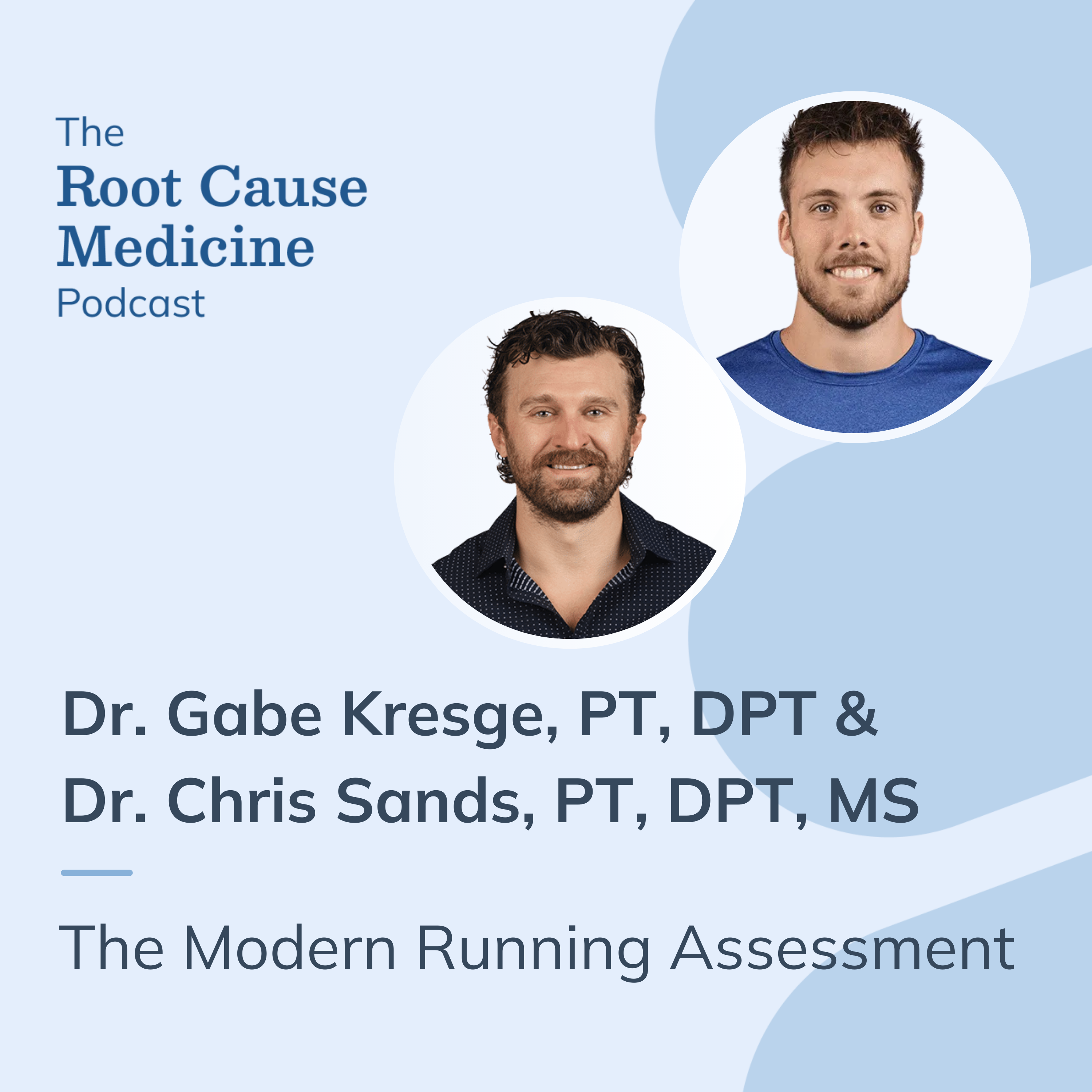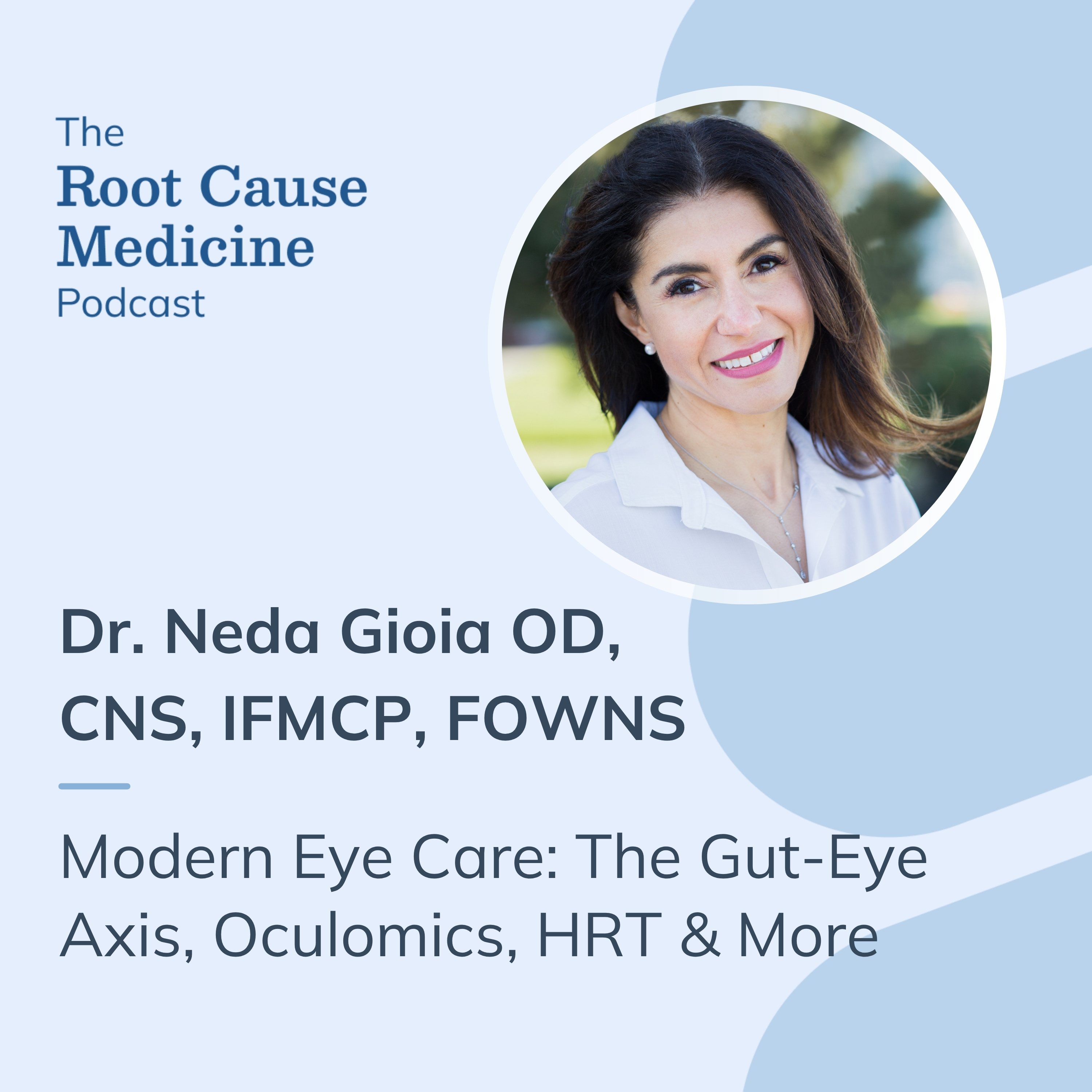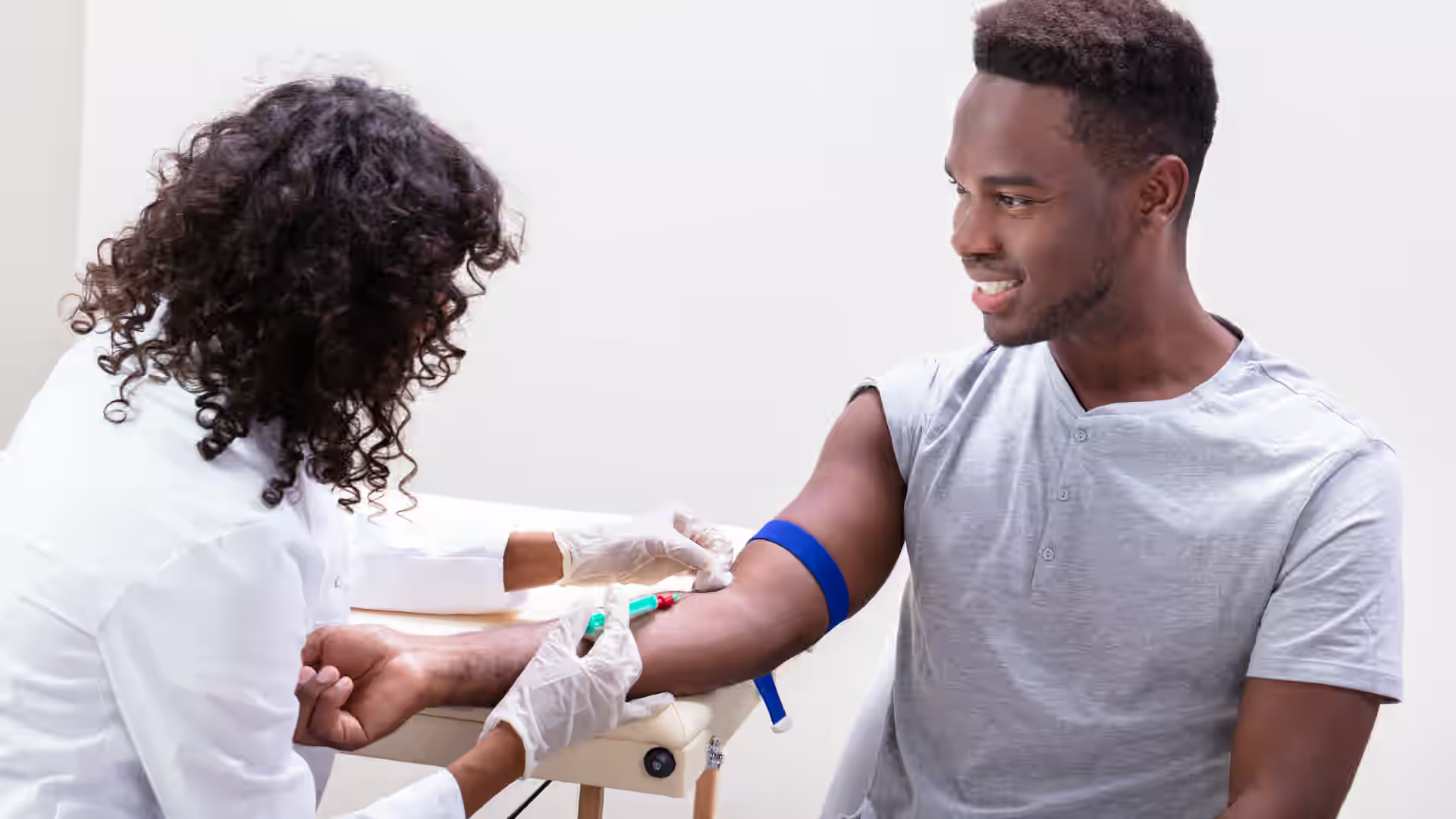A small patch can potentially make a big difference in managing menopausal symptoms.
Hormonal changes during menopause can bring on uncomfortable symptoms like hot flashes, night sweats, and mood swings. One way to manage these symptoms is through hormone replacement therapy (HRT)—and for many, the estradiol patch offers a convenient and effective option.
This article covers estradiol patches, including how they work, the benefits they offer, how to use them correctly, and how they compare to other estrogen therapies.
[signup]
Understanding Estradiol and Hormone Replacement Therapy
Before examining estradiol patch therapy in detail, it is important to understand what estradiol is and how it plays a central role in hormone therapy.
What is Estradiol?
Estradiol is one of the primary forms of estrogen, a key hormone that regulates female reproductive and systemic functions. It supports many physiological processes, including menstrual regulation, bone health, skin integrity, and emotional well-being.
During menopause, natural estradiol production declines significantly, often leading to symptoms such as hot flashes, night sweats, vaginal dryness, low libido, mood changes, and sleep disturbances.
Overview of Hormone Replacement Therapy (HRT)
Hormone Replacement Therapy (HRT) is used to replenish declining hormone levels during menopause or in individuals with estrogen deficiency due to other causes. HRT may be administered in various forms, including:
- Oral tablets
- Transdermal patches
- Topical creams and gels
- Dissolvable pellets
- Vaginal rings
Estradiol is one of the most widely used estrogens in HRT regimens and is available across these different delivery systems.
Benefits of Transdermal Estradiol
Estradiol patches are applied to the skin and deliver medication directly into the bloodstream. This method offers several advantages:
- Transdermal delivery bypasses first-pass metabolism in the liver, which may lower the risk of liver-related side effects or blood pressure changes often associated with oral estrogen.
- More stable hormone levels lead to fewer hormonal fluctuations throughout the day.
- Lower doses may be effective compared to oral forms due to more efficient absorption.
Estradiol Patch: Mechanism of Action
Understanding how the estradiol patch delivers medication can help clarify its clinical utility and proper use.
Transdermal Delivery System
Estradiol patches use a transdermal system, which releases estradiol through the skin and into the bloodstream over a set period. The medication is absorbed through capillaries below the skin’s surface, bypassing the gastrointestinal tract and liver.
Bioavailability and Absorption Factors
Compared to oral estradiol, patches have higher systemic bioavailability. However, the effectiveness of transdermal absorption can be influenced by several factors, including:
- Skin condition and hydration
- Body temperature and perspiration
- Placement of the patch (lower abdomen or buttocks is typically recommended)
Indications for Estradiol Patch Use
Estradiol patches are FDA-approved for several clinical indications:
- Menopausal Symptom Management: Vasomotor symptoms such as hot flashes and night sweats or vaginal atrophy, dryness, or discomfort
- Osteoporosis Prevention: It may support bone density maintenance in appropriate patients, particularly when other treatments are unsuitable.
- Other Medical Uses: Treatment of hypoestrogenism due to hypogonadism, oophorectomy (surgical removal of the ovaries), or primary ovarian failure.
Estradiol Patch Dosage Guidelines
Finding the correct dose is essential to get the benefits of estradiol while minimizing side effects. A healthcare provider will determine the proper dosage and brand based on a patient’s preferences and health status.
Standard Dosing Options
Dosing is individualized based on patient age, symptom severity, comorbidities, and response to treatment. Starting doses include:
- Low-dose: 0.025 mg/day
- Moderate: 0.0375, 0.05, or 0.075 mg/day
- High-dose: up to 0.1 mg/day may be considered for individuals with persistent symptoms under medical supervision.
Typical Dosage by Brand and Frequency
Estradiol patches are designed for sustained release and are typically applied once or twice weekly, depending on the product. This steady release avoids peaks and troughs seen with daily oral dosing. Commonly prescribed patches include:
- Twice-weekly patches:
- Vivelle: 0.025, 0.0375, 0.05, 0.075, 0.1 mg/day applied twice weekly
- Vivelle Dot: 0.025, 0.0375, 0.05, 0.075, 0.1 mg/day applied twice weekly
- Minivelle: 0.025, 0.0375, 0.05, 0.075, 0.1 mg/day applied twice weekly
- Alora: 0.025, 0.0375, 0.05, 0.075, 0.1 mg/day applied twice weekly
- Once-weekly patches:
- Climara-Pro: 0.025, 0.0375, 0.05, 0.075, 0.1 mg/day applied once weekly
- Menostar: 0.014 mg/day applied once weekly
Factors Influencing Dose Selection
- Menopausal status (perimenopausal vs. postmenopausal)
- Risk factors for thromboembolism or hormone-sensitive cancers
- Baseline bone density, cardiovascular risk, and patient preference
Estradiol Patch Application Techniques
The correct application ensures optimal drug absorption and minimizes skin irritation. Below are tips for applying the estradiol patch. Always follow your healthcare provider's instructions for using the patch.
Application steps
- Clean, dry, lotion-free skin is essential.
- Apply the patch to lower abdomen or buttocks; avoid breasts or any area with cuts or irritated skin.
- Press firmly for 10 seconds to secure the patch.
Site Rotation
- Rotating the patch site with each application helps prevent skin irritation and improves absorption.
Timing and Consistency
- Once-weekly patches should be changed every 7 days
- Twice-weekly patches should be changed every 3–4 days
- Consistency in timing enhances hormonal stability - try to apply the patch at the same time every day.
Potential Side Effects and Risks
Like all medications, estradiol patches may cause side effects. Fortunately, many are mild and temporary.
Common Side Effects
These side effects typically resolve as a person’s body adjusts to treatment:
- Mild skin irritation at the patch site
- Breast tenderness
- Headaches or mild nausea, especially during the early treatment phase
Serious Risks and Complications
Though rare, more serious risks include:
- Vaginal bleeding
- Blood clots (e.g., deep vein thrombosis)
- Increased risk of breast or endometrial cancer, particularly when estrogen is used without progestogen in women with a uterus.
Contact your healthcare provider if you experience persistent, severe, or other side effects.
Estradiol Patch vs. Other Forms of Estrogen Therapy
Healthcare providers consider patient preferences, comorbidities, and lifestyle when selecting the form of therapy. Here’s a quick comparison:
Comparison with Oral Estradiol
- Patches avoid first-pass metabolism in the liver, which may reduce certain risks (like blood pressure changes or clotting).
- Transdermal patches may have a lower risk of thromboembolism or blood clots than the oral form.
- Patches may offer more stable hormone levels throughout the day.
Estradiol Patch vs. Estrogen Gels and Sprays
- Patches are relatively low-maintenance (do not require daily dosing)
- Gels and sprays are fast-drying and flexible but require more careful application to avoid transfer.
Special Considerations for Estradiol Patch Use
Certain factors can influence how effective or appropriate patch therapy may be.
Combining with Progestogen Therapy
Progesterone therapy is typically required for individuals with a uterus to reduce the risk of endometrial cancer. There are two main options:
- Cyclical regimens (progestogen taken during part of the month)
- Continuous regimens (progesterone is taken daily with estrogen)
Use in Transgender Hormone Therapy
Use of estradiol patches is currently not FDA-approved for use in transgender patients. However, estradiol patches may be used off-label as part of gender-affirming care for transgender women. Dosage and monitoring should be individualized and guided by an experienced medical provider.
Estradiol Patches and Lifestyle Factors
- Exercise, sweating, and friction may loosen some patches—check if the brand is water-resistant.
- Most patches are water-resistant and can be used while bathing and swimming, but should not be placed where tight clothing or straps rub.
Monitoring and Follow-up
Regular clinical follow-up allows healthcare providers to assess patients' progress on hormone therapy, adjust doses, and screen for symptoms and tolerability. During follow-up visits, healthcare providers may perform:
- Hormone Level Testing: Estradiol levels may be tested periodically, especially during initiation or dose changes
- Symptom Assessment: Patients should be encouraged to keep track of their symptoms and note any changes in:
- Hot flashes and night sweats
- Sleep Quality
- Mood, including anxiety, depression, and irritability
- Vaginal comfort
- Libido
- Concentration and “brain fog”
- Any new symptoms since starting hormone therapy
- Routine screenings (e.g., mammograms, pelvic exams, and bone density scans as recommended by a healthcare provider).
Discontinuation and Tapering
Some women stop hormone therapy around age 60 or after 3–5 years of HRT, depending on individual benefit-risk assessment. To reduce the chance of withdrawal symptoms, gradually lower the dose or increase the time between patches. Discontinuation and tapering are recommended to be supervised by a licensed healthcare provider.
After stopping HRT, some symptoms may return. Alternatives include:
- Lifestyle changes (like exercise and stress management)
- Non-hormonal treatments for hot flashes or bone health
Future Developments in Estradiol Patch Technology
Innovation is driving new options in hormone therapy delivery. Future care may include new delivery systems and other personalized hormone therapy.
New Delivery Systems
- Microneedle patches: Tiny needles painlessly deliver estrogen into the skin
- Smart patches: May offer real-time hormone monitoring and adjustable dosing
Personalized Hormone Therapy
- Genetic testing to guide hormone selection and dosing
- AI-based algorithms that adjust treatment based on symptom tracking and lab results
Ongoing Research and Clinical Trials
Research and clinical trials focus on long-term safety, cardiovascular outcomes, and expanded indications for estradiol therapy. Examples include the long-term safety of estradiol therapy and new uses for estrogen in heart, brain, and metabolic health.
Frequently Asked Questions (FAQs)
Can I wear an estradiol patch while swimming or exercising?
Yes. Most estradiol patches are water-resistant and designed to stay on during swimming or physical activity. However, excessive sweating or friction may reduce adhesion. Always check the manufacturer's instructions for brand-specific guidance.
How long does it take for the estradiol patch to start working?
Some individuals may notice symptom improvement within a few days to weeks, but full effects may take several weeks. Response time varies based on individual factors and dosage.
What should I do if my patch falls off?
If a patch falls off before the scheduled change, it should be replaced with a new patch as soon as possible. Do not try to reapply the old patch. Follow the dosing schedule based on the new application time.
Can I use estradiol patches if I'm a smoker?
Smoking may increase the risk of certain side effects, including bloodclots, when using estrogen-containing therapies. Healthcare providers will assess individual risks before prescribing estradiol patches to smokers.
Are there any drug interactions I should be aware of?
Certain medications—including anticonvulsants, antibiotics, and herbal supplements like St. John’s wort—may affect how estradiol is metabolized. Patients should inform their healthcare provider of all their medications and supplements.
Contact your healthcare provider to discuss these and other questions about hormone therapy.
[signup]
Key Takeaways
- Estradiol is a key form of estrogen used in hormone replacement therapy (HRT) to relieve symptoms related to menopause, estrogen deficiency, or gender-affirming care.
- Transdermal estradiol patches deliver medication through the skin, offering steady hormone levels and bypassing liver metabolism, which may reduce certain risks associated with oral estrogen.
- Estradiol patches are FDA-approved for managing hot flashes, vaginal dryness, and osteoporosis prevention. They may also be used in other medical conditions like hypogonadism or as part of transgender care.
- Proper application technique and patch rotation are essential for effectively minimizing skin irritation.
- Dosing varies by brand and individual factors, such as age, symptom severity, and medical history. Patches are typically applied once or twice weekly.
- Common side effects include skin irritation and breast tenderness, while serious risks—such as blood clots or cancer—are rare and should be discussed with a healthcare provider.
- Routine monitoring and individualized care help ensure safety and maximize the benefits of HRT.












%201.svg)







